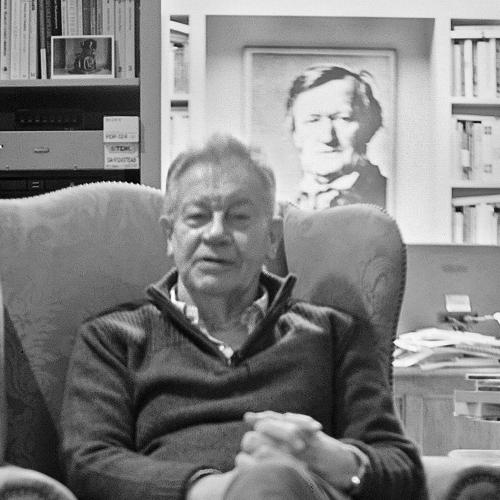COMPOSERS: Beethoven
LABELS: ECM New Series
ALBUM TITLE: Beethoven: Diabelli Variationen
WORKS: Sonta No. 32, Op. 111; Diabelli Variations, Op. 120; Bagatelles, Op. 126
PERFORMER: András Schiff
CATALOGUE NO: ECM 4810446
On these two discs, we get Beethoven’s Diabelli Variations twice – played on an 1820 Brodmann fortepiano and on a Bechstein piano built a century later. They also include the last Sonata Op. 111 on the piano, and Beethoven’s final keyboard work, the Bagatelles Op. 126 on the fortepiano. András Schiff’s passion for this music, and his ability to communicate it, is apparent in every bar. In the excellent booklet he mounts an attack on the Steinway sound, a rich rounded tone he thinks Beethoven would have loathed. The two instruments he plays each have a lean tone and the interpretation of the Diabellis doesn’t alter much. Played on the Bechstein, the work’s close relationship to Op. 111, which immediately precedes it on the disc is obvious, especially in the filigree high writing for the right hand. The dynamic range is smaller than it would be on a Steinway, but Schiff still manages the most violent contrasts of texture and harmony, finally reaching the elegant bliss of the closing minuet, one of Beethoven’s most miraculous inventions.
The fortepiano, with its range of pedals, has a resonant bass, leathery tone and a much dinkier treble. The central part of the keyboard is not that different from the Bechstein. The Brodmann is perfect for those rollicking last Bagatelles, and the insouciance here is comparable to that of the last movement of the String Quartet Op. 130 (the movement he wrote to replace what now stands alone as the Grosse Fuge). Schiff’s playing is almost ideal, apart from his tendency to spread the chords and to play the left hand shortly before the right.
Michael Tanner

